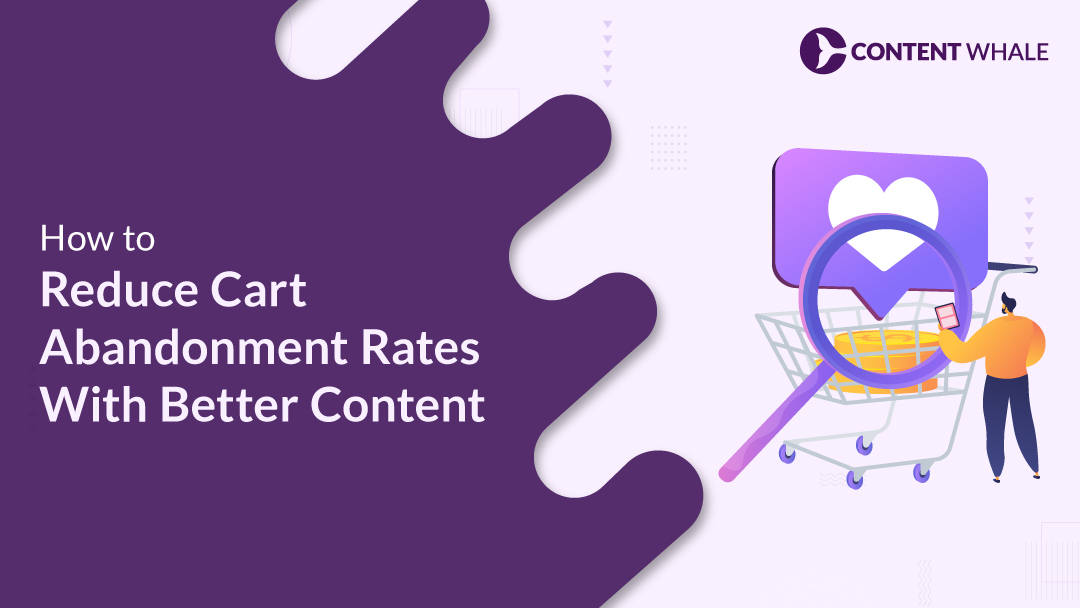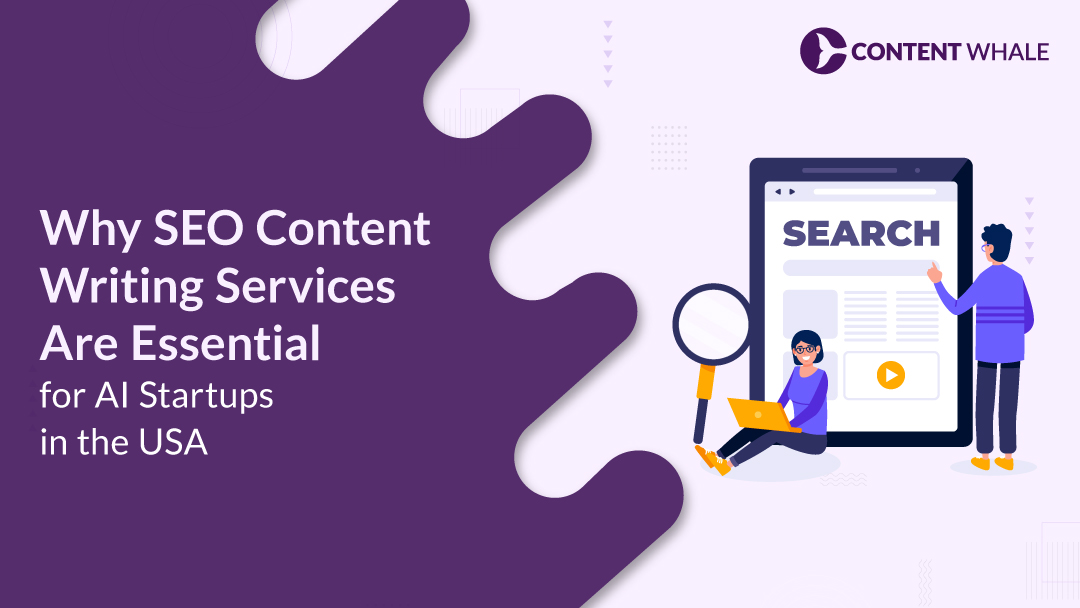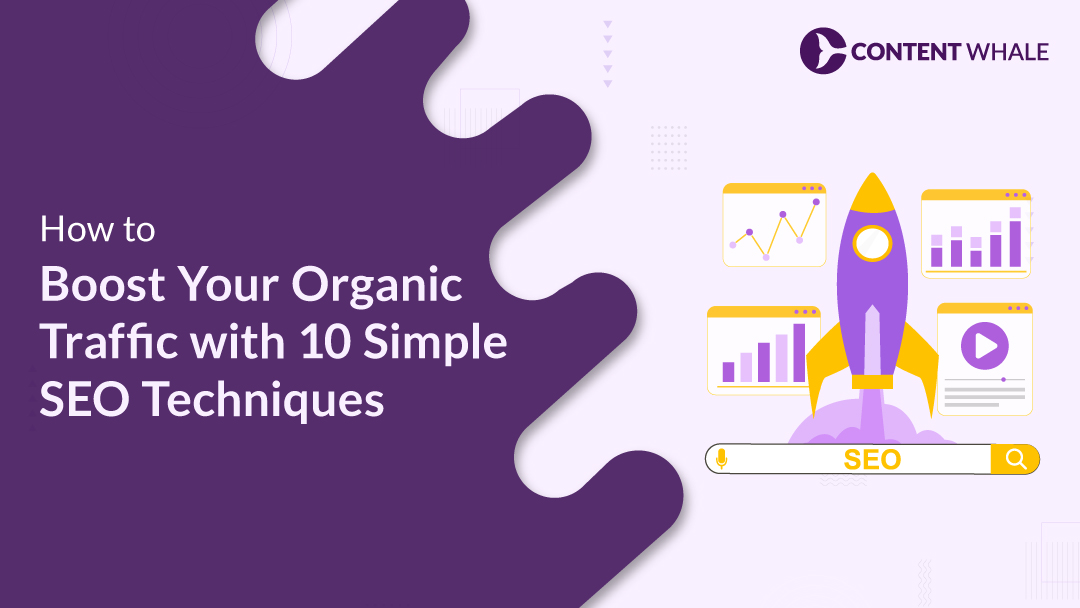Cart Abandonment Reduction is a persistent issue in eCommerce, where nearly 70% of shopping carts are abandoned before checkout.
Several factors, such as unexpected fees, complex checkout processes, or lack of trust during payment, lead customers to leave their carts behind.
By focusing on eCommerce checkout optimization and content strategies, you can reduce shopping cart abandonment effectively.
This guide explores cart abandonment strategies to streamline the checkout process, build trust, and recover lost sales.
1. Understanding Cart Abandonment
A) What Causes Cart Abandonment?
There are several reasons why customers abandon their carts. Addressing these key issues can help reduce the overall cart abandonment rate:
- Unexpected Costs: Hidden shipping fees or taxes that appear at the final checkout stage often cause customers to leave. Ensure transparency in pricing upfront.
- Complex Checkout Process: Long, complicated forms or multiple steps frustrate customers. Simplifying the checkout process by reducing form fields and offering options like one-click checkout can help.
- Security Concerns: Customers are wary of providing sensitive information if the site doesn’t seem secure. Incorporating trust badges like SSL encryption and partnering with known payment gateways can increase confidence.
- Limited Payment Options: Offering various payment gateway options, including digital wallets like PayPal, Apple Pay, and Google Pay, can cater to a broader audience and reduce abandonment.
- Mobile Optimization: Many abandon their carts on mobile if the checkout experience is not optimized. Focus on mobile checkout optimization to capture these users.
B) Key Statistics on Cart Abandonment in 2024
Statistics can help illustrate how crucial it is to address cart abandonment:
- 70% Abandonment Rate: Nearly 70% of all shopping carts are abandoned before checkout, making it one of the most significant issues in eCommerce checkout optimization.
- 46% Due to Failed Discount Codes: Almost half of the customers leave if discount codes don’t work correctly. Ensure that your coupon systems are flawless to avoid frustration.
- 22% Due to Long Delivery Times: Slow delivery is another factor leading to abandonment. Offering delivery transparency by providing real-time delivery estimates and multiple shipping options helps ease this concern.
- Email Recovery Click-Through Rate: Well-targeted abandoned cart recovery emails can have a 9.5% click-through rate, helping you reclaim potential sales.
2. Strategies to Reduce Cart Abandonment with Better Content
A) Improve Checkout Transparency
Being upfront with customers about costs and policies can help reduce cart abandonment:
- Clear Shipping Costs: Display shipping costs early in the customer journey to prevent surprises.
- Estimated Delivery Dates: Providing a clear estimate of when the product will arrive improves customer trust. Real-time shipping updates can also enhance the experience.
- Return Policy Clarity: Ensure the return policy is easily accessible, and consider offering free returns to boost conversions.
B) Leverage Exit-Intent Pop-ups
Exit-intent pop-ups can encourage customers to complete their purchases by offering incentives:
- Discount Offers: A well-timed pop-up offering a small discount or free shipping can encourage the shopper to stay.
- Product Reminders: Highlight the items left in the cart or suggest complementary products.
- Free Shipping Incentives: Offering free shipping can be a powerful motivator to finalize the purchase, especially when combined with a pop-up reminder.
Strategies to Reduce Cart Abandonment with Better Content:
| # | Strategy | Description |
| 1 | Transparent Pricing | Display clear pricing and shipping costs early in the process to avoid surprise fees. |
| 2 | Simplified Checkout | Reduce the number of steps in the checkout process and allow guest checkouts for a faster experience. |
| 3 | Exit-Intent Pop-ups | Use pop-ups offering discounts or free shipping when customers are about to leave without completing a purchase. |
| 4 | Cart Recovery Emails | Send personalized emails to remind customers of items left in their cart, offering incentives to return. |
| 5 | Trust Badges and Security Signals | Display SSL certificates and trusted payment options to reassure customers of transaction security. |
| 6 | Mobile Optimization | Ensure the site is mobile-responsive with simplified payment options like one-click checkout. |
| 7 | Retargeting Ads | Use dynamic retargeting ads to remind customers of their abandoned carts across social platforms. |
| 8 | Scarcity and Urgency | Create urgency by highlighting low stock levels or limited-time offers to encourage immediate purchases. |
3. Enhance Mobile and Desktop User Experience
A) Optimize for Mobile Shopping
As mobile commerce continues to grow, optimizing the mobile experience is critical for reducing cart abandonment. Focus on the following areas to ensure a smooth shopping experience:
- Mobile-Responsive Design: Ensure your site is mobile-responsive, adapting seamlessly to different screen sizes. A smooth mobile experience prevents customers from abandoning their carts due to navigation issues.
- Simplified Checkout Process: Streamline the checkout process for mobile users by reducing the number of form fields. Implement one-click checkout for returning customers, allowing them to complete purchases with ease.
- Mobile Payment Options: Offer popular payment gateway options like Apple Pay, Google Pay, and PayPal. These options improve convenience and help boost conversion rates by offering secure, fast payment solutions.
- Fast-Loading Pages: Mobile shoppers are particularly sensitive to slow load times. Optimizing website speed using tools like a content delivery network (CDN) and compressing images can improve load times, significantly reducing abandonment.
B) Speed Up Website Load Times
The speed at which your website loads has a direct impact on the checkout process and customer experience. A slow-loading page can lead to user frustration and higher cart abandonment rates. Here’s how you can improve your website speed:
- Compress Images and Files: Large files slow down load times. Compress images and remove unnecessary elements to enhance speed.
- Limit Redirects: Avoid using too many redirects, as they add to the loading time.
- Use a Content Delivery Network (CDN): A CDN improves loading speeds by distributing content to servers closer to the user’s location, ensuring faster delivery times.
- Minimize Code: Simplifying the code of your website helps in improving overall page performance, leading to faster checkout experiences and better conversion rate improvement.
Strategies to Enhance Mobile and Desktop User Experience:
| # | Strategy | Description |
| 1 | Responsive Design | Ensure your site adapts to different screen sizes, providing a seamless experience across devices. |
| 2 | Mobile Speed Optimization | Compress images, use a CDN, and minimize JavaScript/CSS to improve load times. |
| 3 | Simplified Navigation | Use clear menus and large, clickable buttons to enhance navigation on mobile. |
| 4 | Mobile-Friendly Checkout | Implement one-click checkout, guest checkout options, and mobile payment gateways like PayPal or Apple Pay. |
| 5 | Clear Product Pages | Provide high-quality images, concise descriptions, and easy access to customer reviews for mobile users. |
| 6 | Optimized SEO for Mobile | Use mobile-friendly keywords and meta tags to boost search rankings. |
| 7 | Push Notifications | Leverage personalized push notifications to engage users and drive sales on mobile platforms. |
4. Retargeting and Follow-up
A) Utilize Retargeting Ads
Retargeting ads are an effective strategy for reconnecting with customers who abandoned their carts.
These ads remind them of the items they left behind, prompting them to complete their purchase. Here’s how to make the most of this strategy:
- Dynamic Product Ads: Personalized ads displaying the exact products left in the cart have a higher chance of converting. Including relevant abandoned cart recovery reminders and special offers can further boost results.
- Cross-Platform Retargeting: Use ads across multiple platforms such as Facebook, Instagram, and Google Ads to reach customers wherever they browse.
- Incentives for Returning: Offering discounts or free shipping through retargeting ads can encourage customers to complete their purchase.
B) Offer One-Click Checkout
Simplifying the checkout process with a one-click checkout option can dramatically reduce cart abandonment and improve the overall shopping experience:
- Frictionless Checkout: By offering one-click checkout, customers can complete their transactions faster, reducing the likelihood of abandoning their carts due to complicated steps.
- Integrated Payment Solutions: Incorporate secure payment options like PayPal, Apple Pay, and Google Pay to make the checkout process even smoother and more secure.
- Boost Conversion Rates: A streamlined checkout process increases the chances of conversion, particularly among repeat buyers who prefer a faster shopping experience.
Retargeting and Follow-up strategies table:
| # | Strategy | Description | Benefits |
| 1 | Dynamic Retargeting | Shows ads based on products viewed or abandoned. | Increases relevance and conversion. |
| 2 | Abandoned Cart Emails | Sends automated emails to remind customers of carted items. | Encourages purchase completion with incentives. |
| 3 | Product Page Retargeting | Targets visitors who viewed product pages without buying. | Keeps product top of mind for potential buyers. |
| 4 | Special Offers | Time-sensitive promotions (e.g., discounts) shown in ads. | Creates urgency, increasing conversion. |
| 5 | Browsing Retargeting | Targets users based on general browsing activity. | Converts window shoppers. |
| 6 | Cross-Platform Ads | Retargets across multiple platforms (Google, Facebook). | Expands reach across various touchpoints. |
| 7 | Frequency Capping | Limits the number of times ads are shown to the same user. | Prevents ad fatigue and maintains positive brand image. |
| 8 | Scarcity Tactics | Emphasizes low stock or time-limited offers (e.g., “Only 3 left!”). | Triggers FOMO, encouraging faster purchase. |
Conclusion
Reducing cart abandonment is vital for improving your eCommerce success. By focusing on checkout optimization, improving the mobile shopping experience, and leveraging powerful tools like exit-intent pop-ups and abandoned cart recovery emails, you can reduce shopping cart abandonment rates significantly.
Additionally, ensuring secure payment options, transparent delivery policies, and a smooth checkout process can build trust and boost conversion rates. In today’s competitive market, implementing these strategies will not only help you recover lost sales but also enhance your overall customer experience.
At Content Whale, we specialize in creating targeted, high-conversion content strategies that significantly reduce cart abandonment and improve eCommerce checkout optimization. Our team delivers customized solutions, including abandoned cart recovery emails, trust-building content, and mobile checkout optimization.
Let us help you craft compelling content that drives conversions and boosts your online sales.
FAQs
1. What is the average cart abandonment rate in 2024?
The average cart abandonment rate hovers around 70%, meaning seven out of ten customers abandon their carts before completing the checkout. By implementing cart abandonment strategies such as offering mobile checkout optimization and transparent pricing, you can lower this rate.
2. How can content help reduce cart abandonment?
Content plays a crucial role in reducing abandonment. Transparent delivery details, clear return policies, and personalized abandoned cart emails remind customers of the value of completing their purchases. These steps create a seamless shopping experience and build customer trust.
3. What are cart recovery emails?
Cart recovery emails are automated messages sent to customers who have left items in their cart without checking out. These emails often include personalized product reminders and incentives like discount codes or free shipping to entice customers to return and finalize their purchase.
4. Does mobile optimization affect cart abandonment?
Absolutely! Poor mobile checkout optimization can lead to higher abandonment rates. A mobile-responsive design, fast load times, and one-click checkout are essential for reducing abandonment on mobile devices and improving conversion rates.
5. What role do exit-intent pop-ups play in reducing abandonment?
Exit-intent pop-ups detect when a customer is about to leave the site and offer timely incentives such as discount codes or free shipping. These pop-ups can be highly effective in retaining customers and reducing cart abandonment rates.





